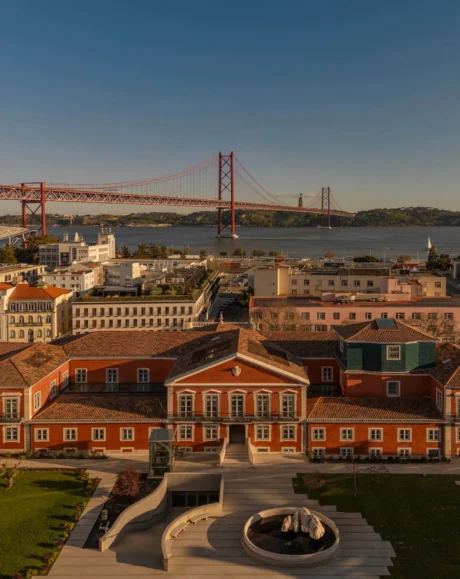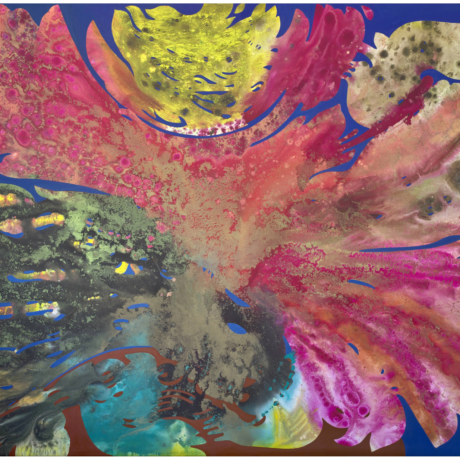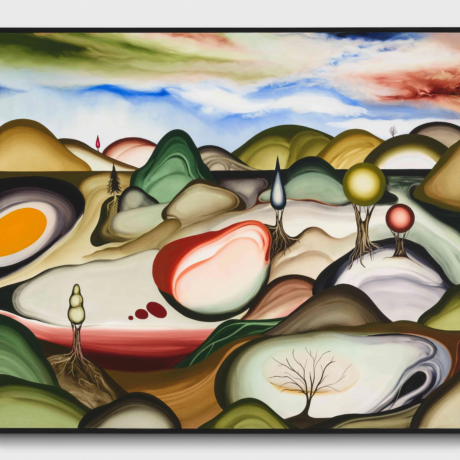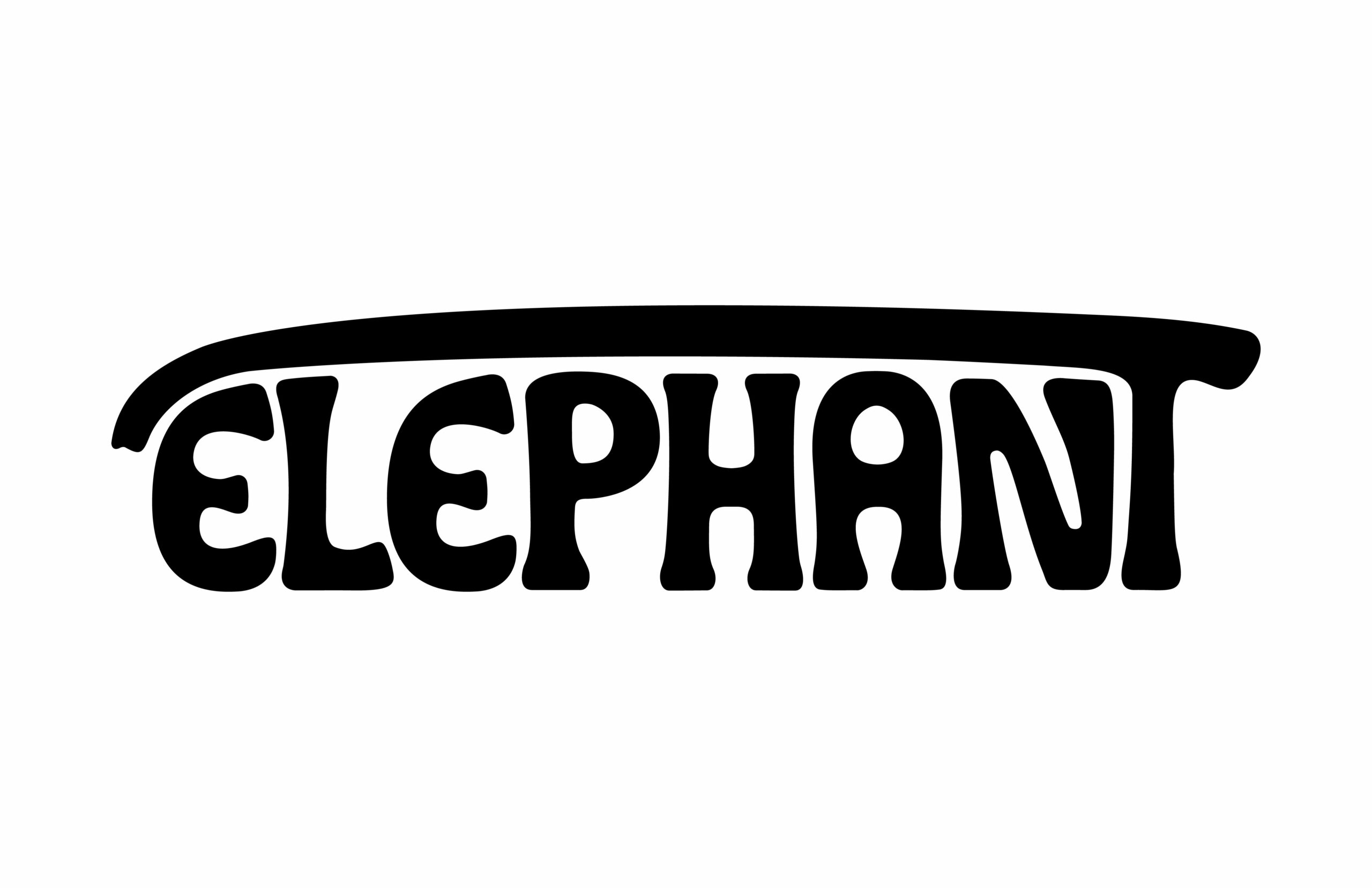Are you as exhausted as we are? Stay this weekend and watch these five films inspired by the paintings and artists we love.
The Piano Lesson (2024) by Malcolm Washington inspired by Romare Bearden’s The Piano Lesson (1984)
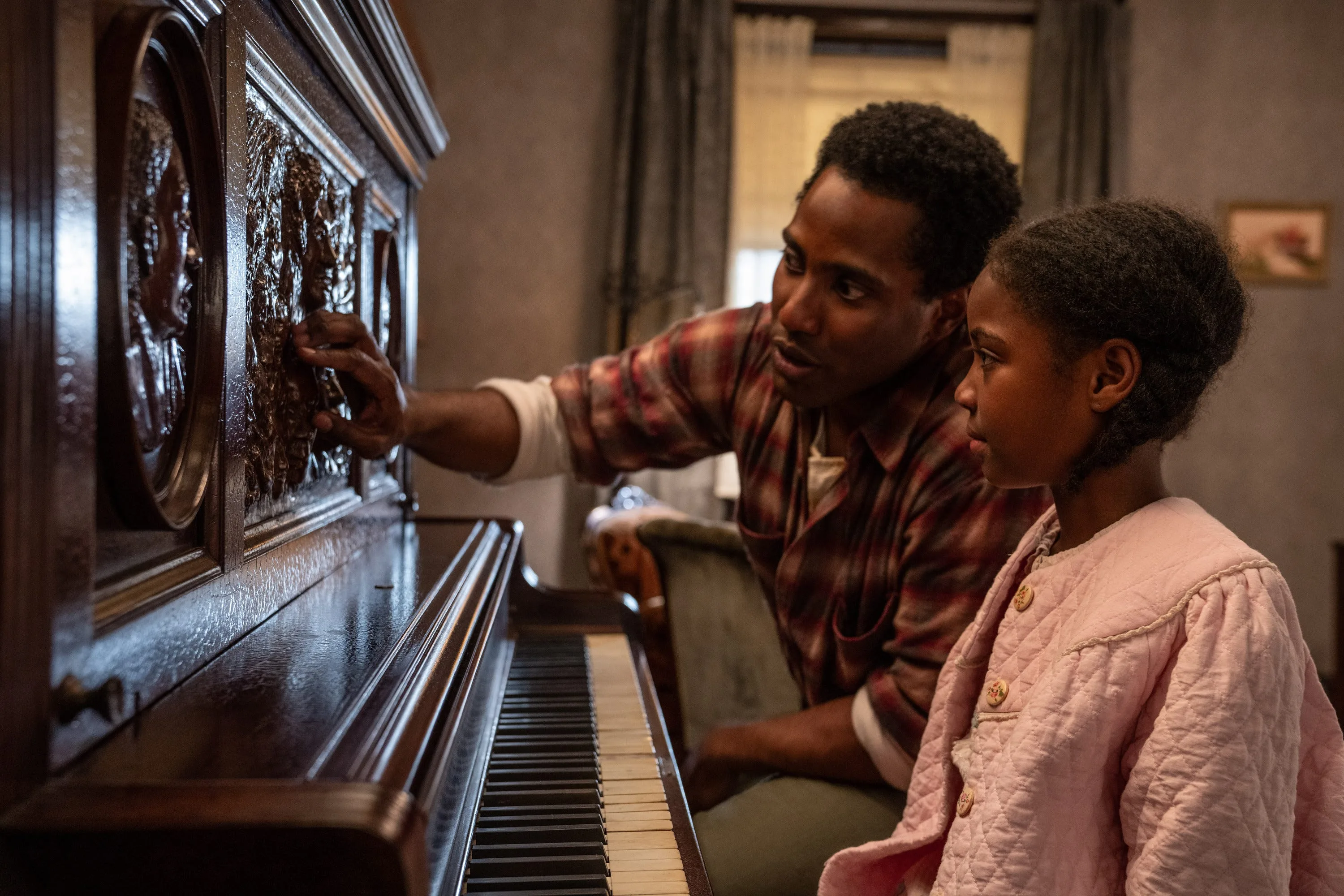
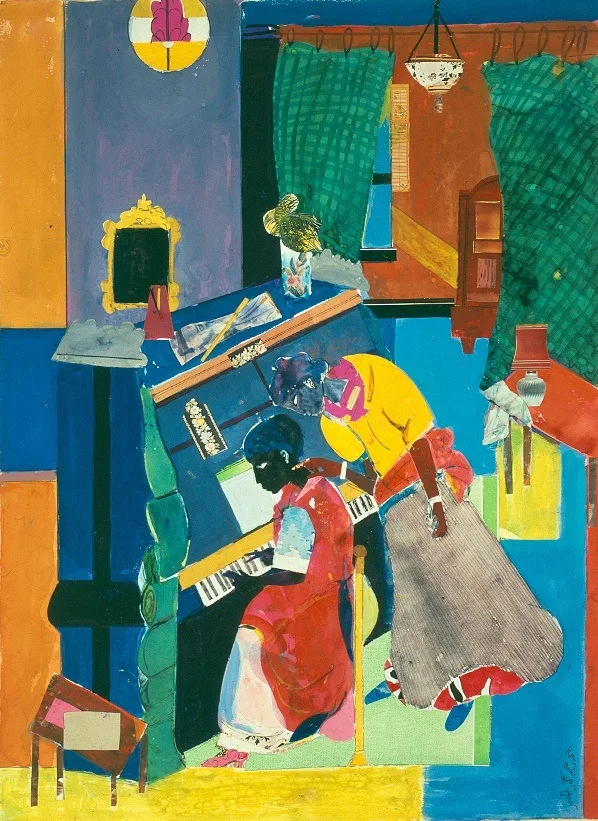
The film The Piano Lesson, adapted from August Wilson’s Pulitzer Prize-winning play, draws significant inspiration from Romare Bearden’s painting The Piano Lesson. Bearden’s work, from 1983, employs a collage-like style that captures the rhythms of Black American life, infusing it with history, memory, and culture. The painting depicts a young girl at the piano, guided by a seemingly stern maternal figure. This visual assemblage mirrors the film’s exploration of layered narratives—comparing the characters’ present struggles with the ancestral weight of their family’s history, embodied in the contested piano. Bearden’s artistic style, which blends abstraction with figuration, is echoed in the film’s storytelling approach, which weaves lyrical dialogue and symbolic imagery to convey themes of legacy and identity across time. Both The Piano Lesson and Bearden’s painting engage with the passage of time, reflecting how the past informs the present. In Bearden’s work, the fragmented composition suggests fractured memory, yet persistent presence. Similarly, the film delves into the characters’ struggles to reconcile their present aspirations with their ancestors’ sacrifices, symbolized by the intricately carved piano. The stylistic rhythms of Bearden’s art find resonance in the film’s pacing and structure, as the characters’ conflicts unfold in a way that mimics the improvisational yet purposeful nature of jazz.
The Piano Lesson (2024) is streaming on Netflix.
Taxi Driver (1976) by Martin Scorsese inspired by Edward Hopper’s Nighthawks (1942)
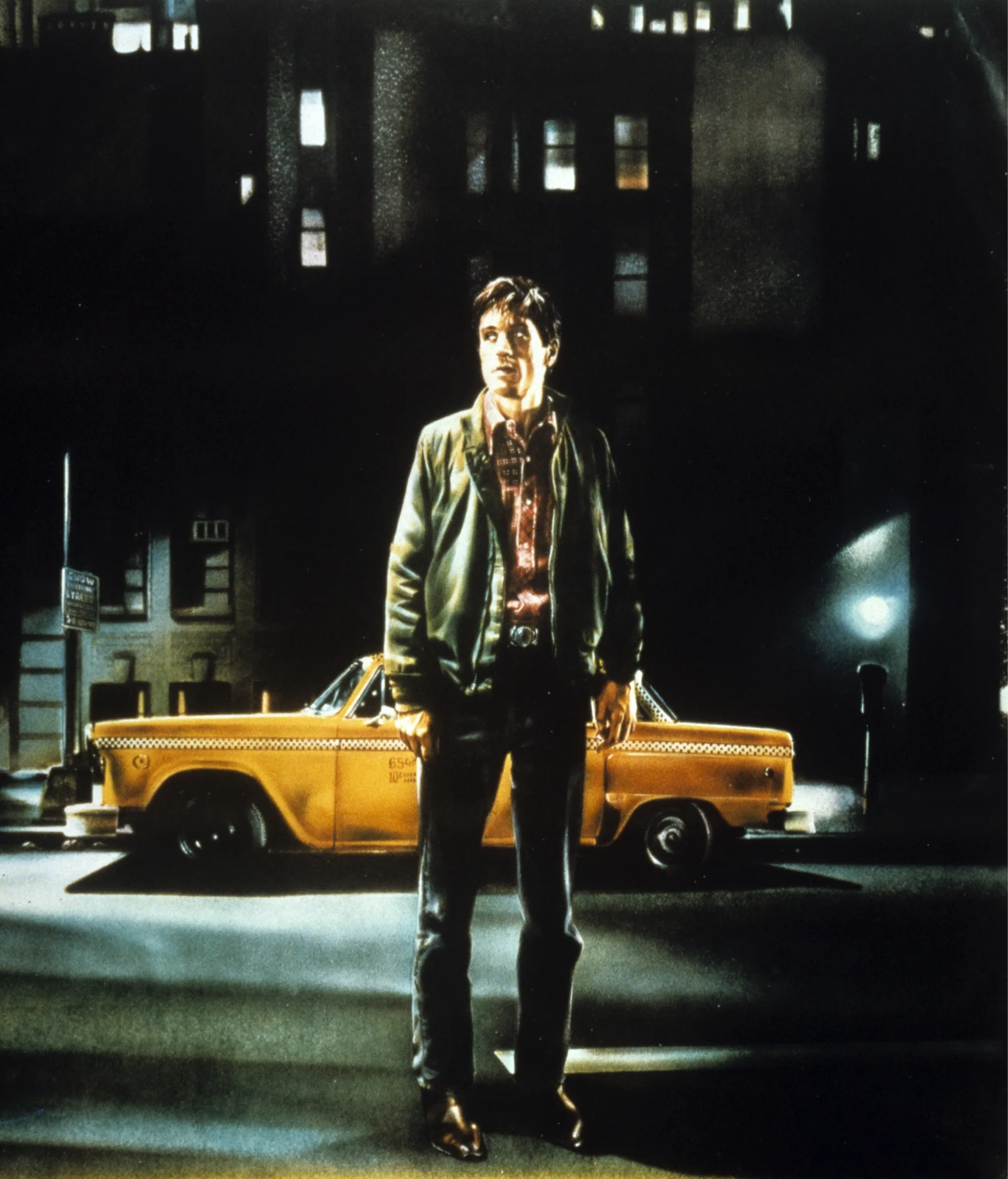
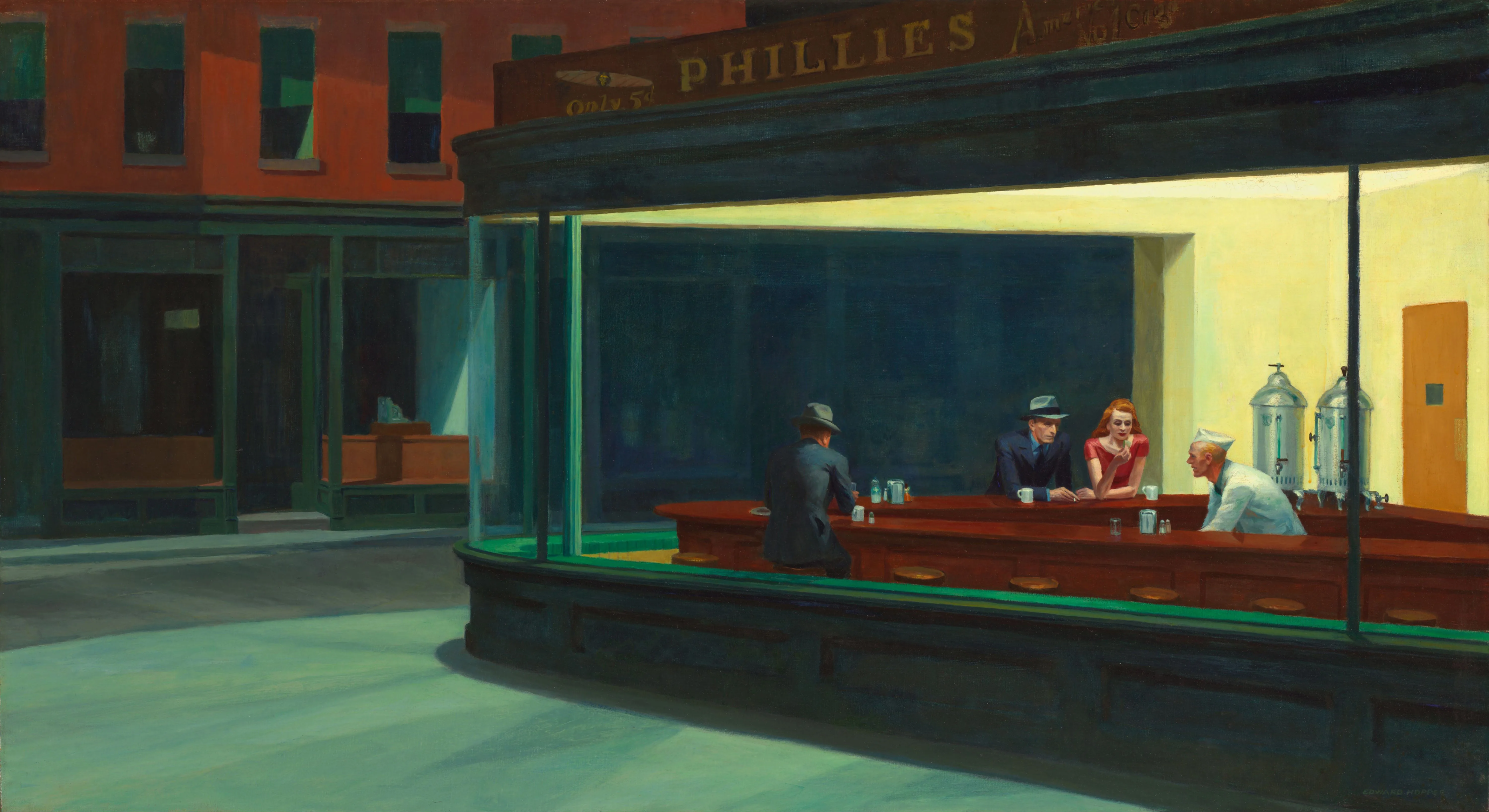
Edward Hopper’s iconic 1942 painting Nighthawks is a masterpiece within American art history. It captures the profound feeling of isolation within a big cities, especially at night. Set in a late-night diner illuminated by the eerie glow of neon lights, the scene portrays a few quiet customers and staff, creating a sense of solitude amidst the sprawling anonymity of the big city. Scorsese’s film draws heavily from the mood and visual language of Hopper’s Nighthawks. Starring Robert De Niro as Travis Bickle, a troubled Vietnam War veteran working as a cab driver in New York City, the film delves into the gritty and isolating side of urban life while spiraling Travis’s descent into alienation and turmoil. Scorsese channels the late-night eeriness and emotional disconnection of Nighthawks to craft a cinematic icon which mirrors the painting’s solitude. So, when you watch Taxi Driver, you’re not just getting a story; you’re also getting a dose of Hopper’s art, bringing that detached aesthetic to the big screen.
Taxi Driver (1976) is streaming on Paramount+, Max, and the Apple TV Channel. You can also rent or purchase it on platforms such as Amazon Video, Apple TV, and Google Play.
Scream (1996) by Wes Craven inspired by The Scream (1893) by Edvard Munch
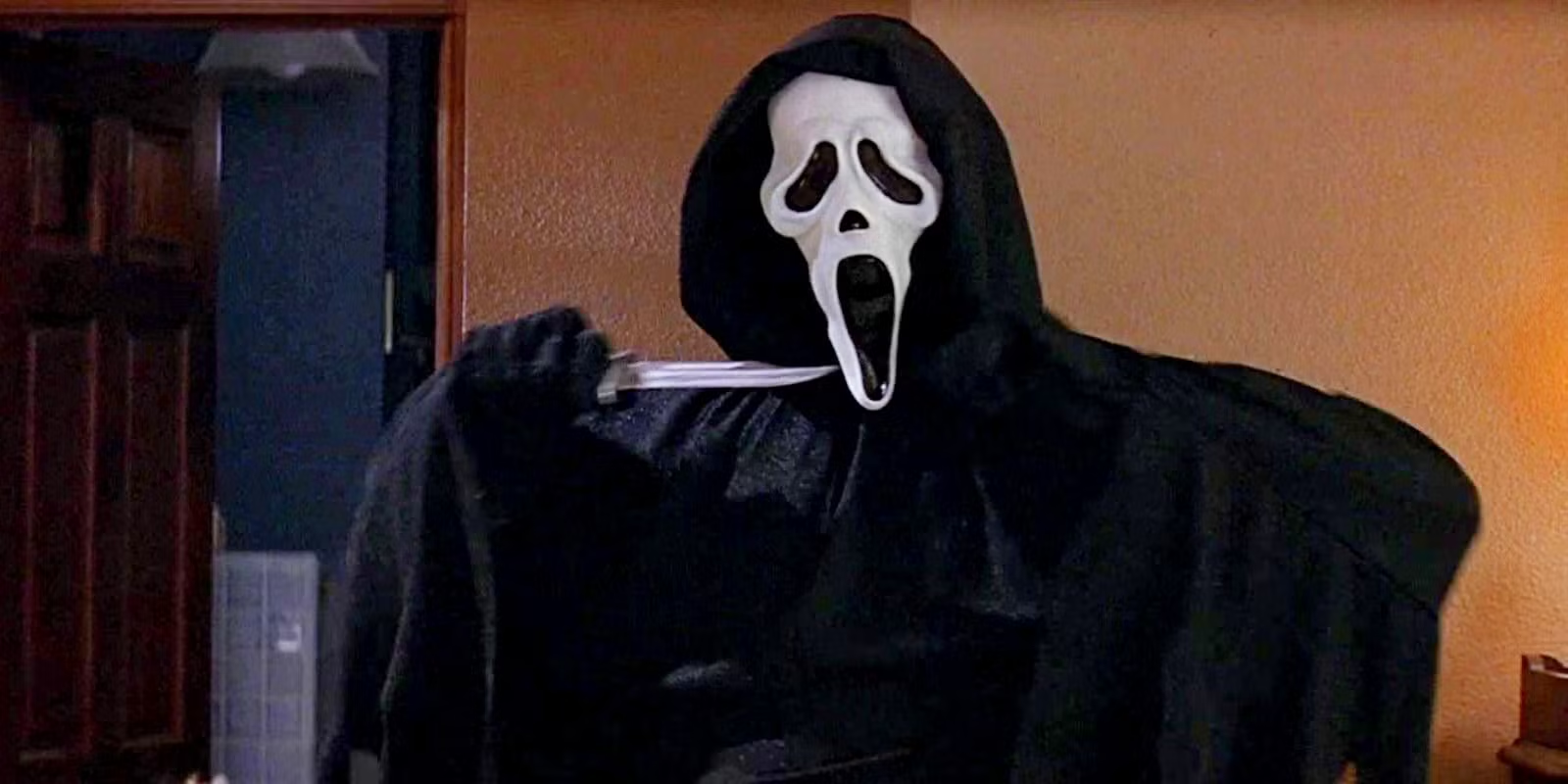
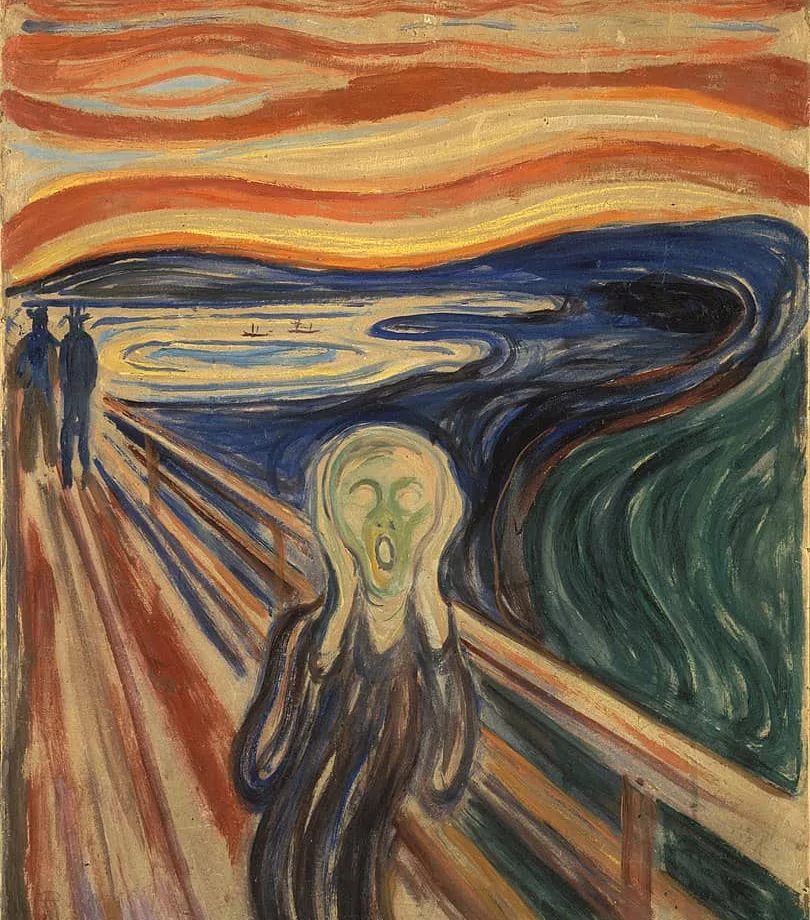
Wes Craven’s 1996 film Scream draws both thematic and visual inspiration from Edvard Munch’s iconic 1893 painting The Scream. Munch’s painting, with its haunting depiction of a figure in existential terror, captures a universal sense of dread and anxiety. Its swirling, distorted background and the figure’s anguished expression convey a sense of fear that feels both deeply personal and universally relatable. Craven channels this raw emotional intensity into Scream, a film that redefined the horror genre by blending self-aware humor with genuine terror. Scream is most evident in the design of the Ghostface mask. The elongated, screaming face of the mask clearly nods to the central figure in The Scream, transforming the abstract terror of Munch’s artwork into a literal, stalking threat. Beyond the mask, the film taps into the same primal fears depicted in the painting—feelings of vulnerability, chaos, and the loss of control. By merging Munch’s iconic visual language with the slasher genre, Craven created an unforgettable villain while introducing a niche psychological depth into a modern horror context.
Scream (1996) is streaming on Max, Hulu and its Amazon Channel. You can also rent or purchase it on platforms such as Amazon Video, Apple TV, Google Play, and Microsoft Store.
Eyes Wide Shut (1999) by Stanley Kubrick inspired by Giovanni Battista Tiepolo’s Rococo frescoes
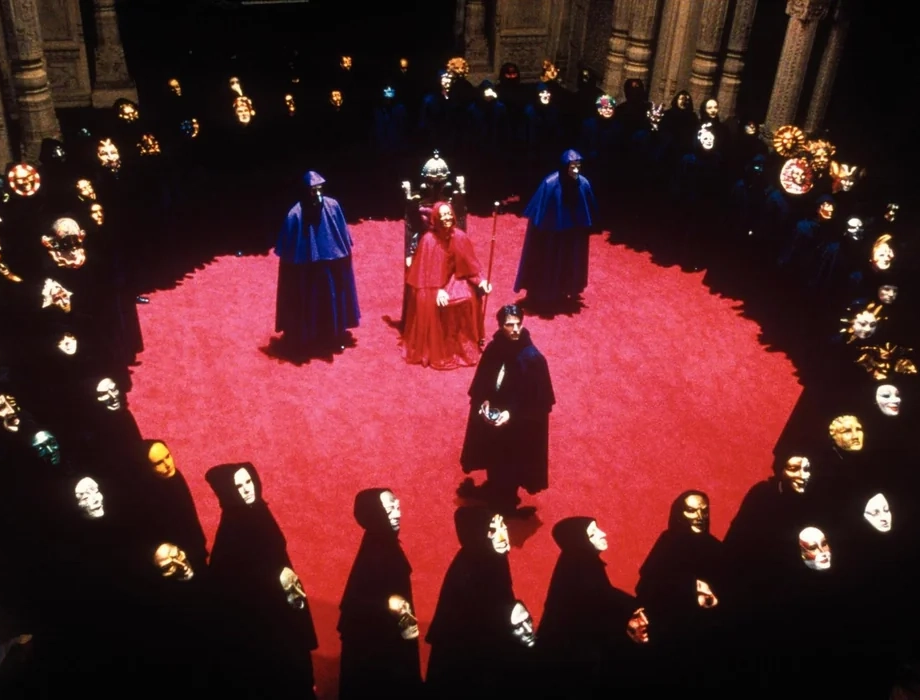
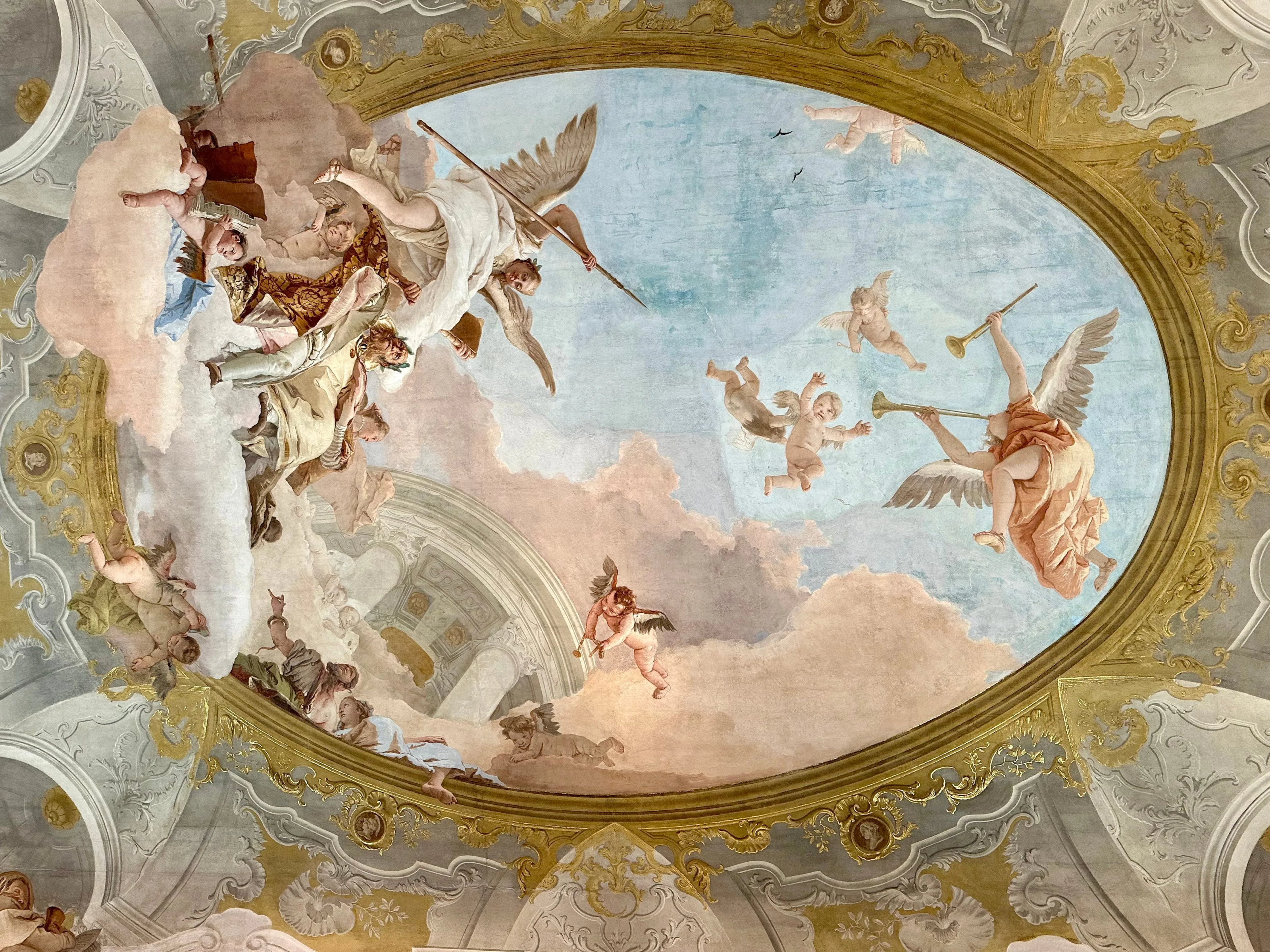
A significant artistic period that inspired Eyes Wide Shut (1999), directed by Stanley Kubrick, is Giovanni Battista Tiepolo’s Rococo frescoes, particularly those featuring masked figures and Venetian-style masquerades. While no single work by Tiepolo is directly referenced, his world of opulent and enigmatic masquerade scenes aligns with the film’s use of anonymity and secret rituals to explore themes of desire, self, and hidden truths.The connection is evident in the famous masked ball sequence, which recalls the theatricality and decadence of Tiepolo’s art. The masks in Kubrick’s film, reminiscent of those from Venetian carnivals, evoke a sense of duality, much like Tiepolo’s figures who exist in a world of fantasy and artifice.
Eyes Wide Shut (1999) is streaming on Paramount+, its Apple TV Channel, the Criterion Channel, and Max. You can also rent or purchase the film on platforms such as Amazon Video, Apple TV, Google Play, and Microsoft Store.
Todd Phillips’ Joker (2019) draws inspiration from Egon Schiele’s expressionist artwork
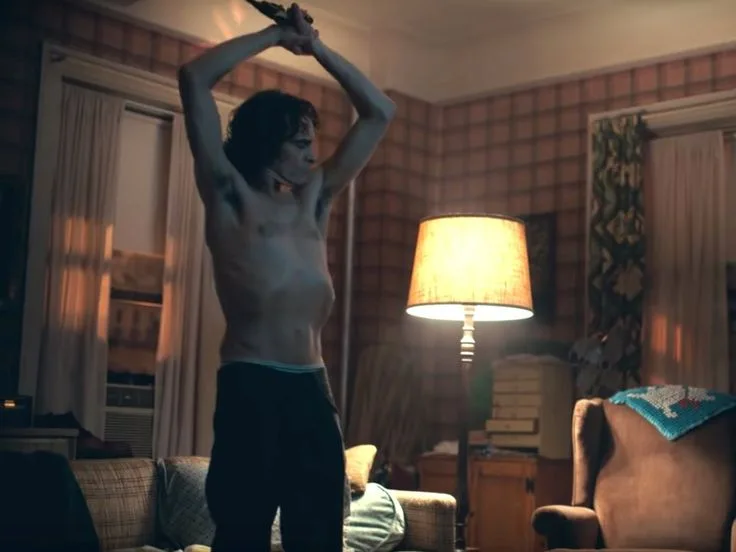
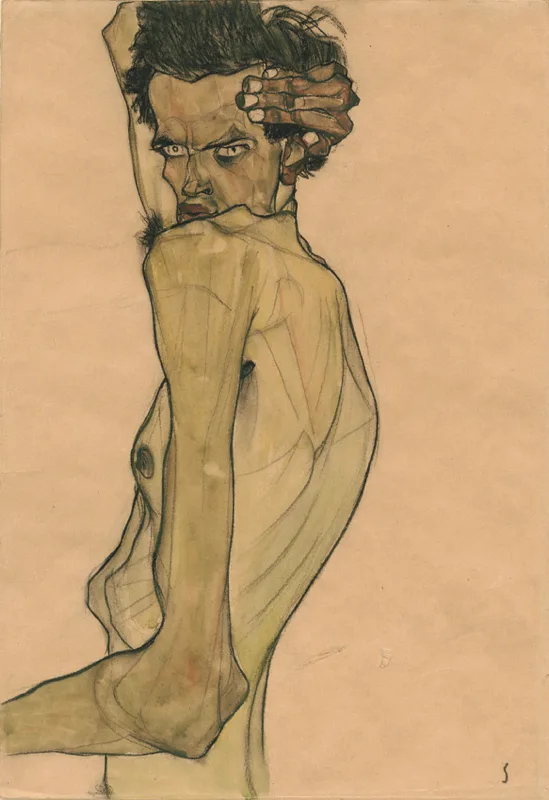
Schiele, known for his distorted, angular figures and deeply evocative portraits, captured the darker facets of human emotion—loneliness, anguish, and alienation. These themes are central to Joker, where the titular character, Arthur Fleck, undergoes a transformation into a chaotic and troubled figure, embodying the fractured psychology that Schiele paints. Visually, Joker reflects Schiele’s aesthetic in its emphasis on physicality and discomfort. Arthur’s gaunt frame, exaggerated movements, and contorted postures mirror the distorted figures in Schiele’s paintings. Just as Schiele used sharp lines and jagged forms to convey emotional intensity, the film’s cinematography emphasizes Arthur’s angularity, capturing his descent into madness with unsettling beauty.Schiele’s exploration of vulnerability and the human condition resonates in the way Joker examines societal neglect and personal despair. By evoking Schiele’s expressionist style, the film transforms Arthur’s story into a haunting and visceral portrait of psychological unraveling.
Joker (2019) is streaming on Max, Hulu, and its Amazon Channel. You can also rent or purchase it on platforms such as Amazon Video, Apple TV, Google Play, and Microsoft Store.

